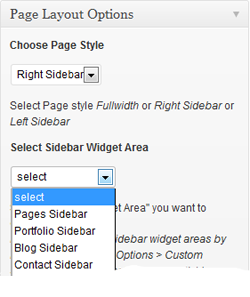
Conflict is inevitable. How leaders deal with conflict says a lot about how they lead. Based on conflict styles research, this engaging, insightful program illustrates five distinct leadership styles, from the assertive and powerful Bulldog, to the happy-go-lucky Black Lab, and everything in between. Discover your “inner dog” and use that awareness to create a happier and healthier campus. Whether you’re an old dog, or a young pup, you’ll learn some new tricks to recognize other breeds of leaders, and uncover ways to adapt your own leadership style to help make your organization/community/campus “best in show.”
Most conflict styles researchers and trainers utilize a five-style approach, based on the model identified by Kilmann and Thomas (1975). The style we choose most often: accommodation, avoidance, collaboration, competition, or compromise—often varies according to context and relationship. In a leadership role, how we deal with conflict can make the difference between a cohesive, highly functioning group, and one that is fractured, divisive, and difficult to manage.
Brain-based learning suggests that activating prior knowledge increases the probability of remembering newly acquired material (Jensen, 2000). To that end, Leadership Dogs links each of the five conflict styles to a common dog breed. By associating traits of each dog with similar conflict styles traits, participants can better remember each style; they will also be able to recognize their own style(s) as well as those of others.
Each dog, some unique traits, and its correlating conflict style are introduced via Power Point. Following the descriptions, participants have opportunities to discuss in partnerships and/or small groups which dog they feel closest matches their own style, as well as how that style manifests in their professional and personal relationships. Lastly, (and we believe most importantly) participants will be grouped by style. They will have discussions to determine strategies unique to each of the styles, and situations appropriate to each style, as well as ways of working with people from each style. Groups then come together to report on their findings; as each group reports, the facilitator adds clarifications and distinctions as needed. Focus of the conversation and clarification is always on how this information will impact participants in their roles on campus
Learning Objectives:
Participants will:






